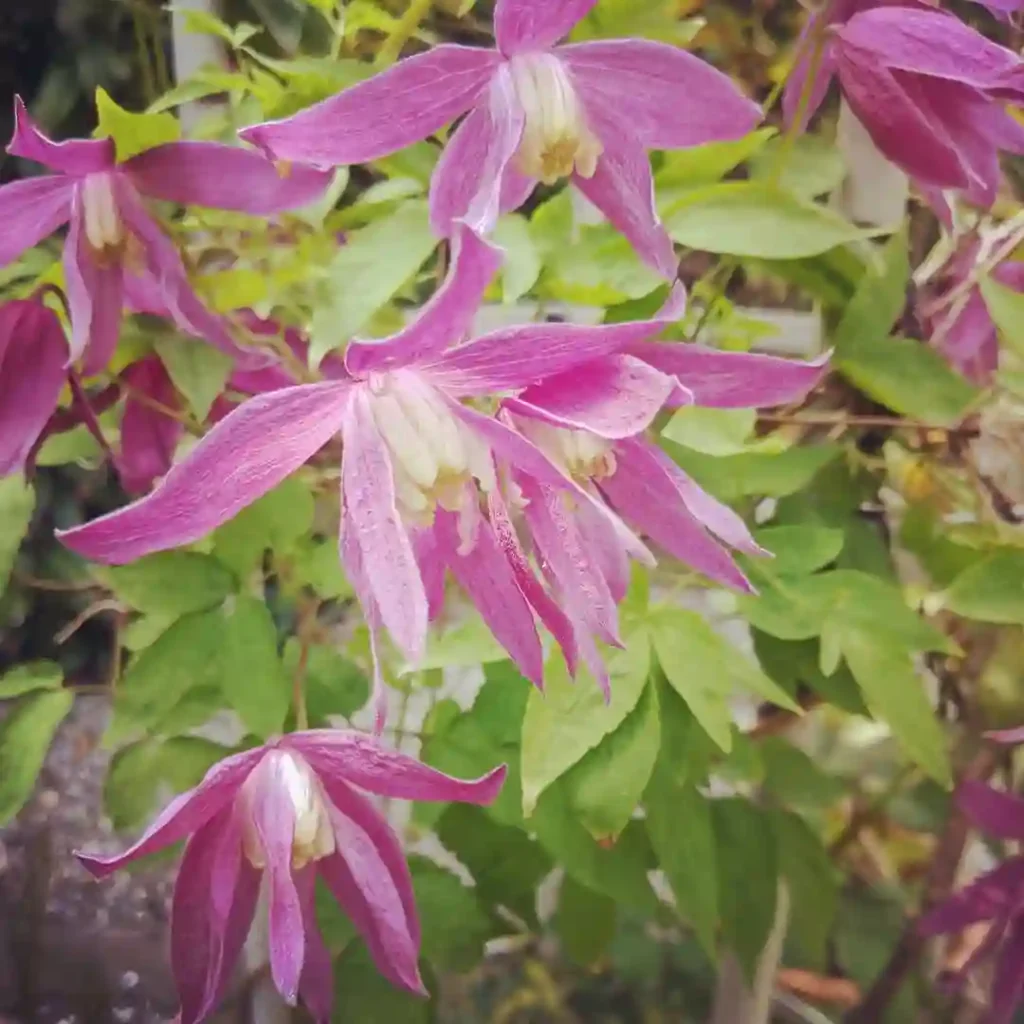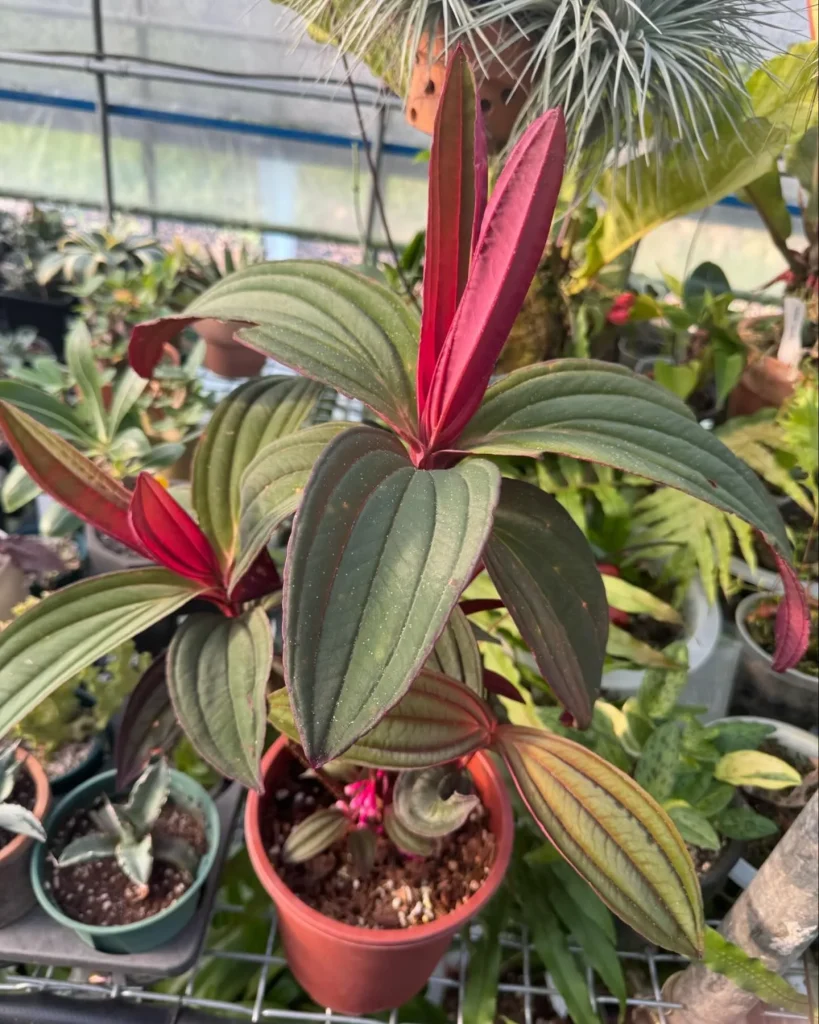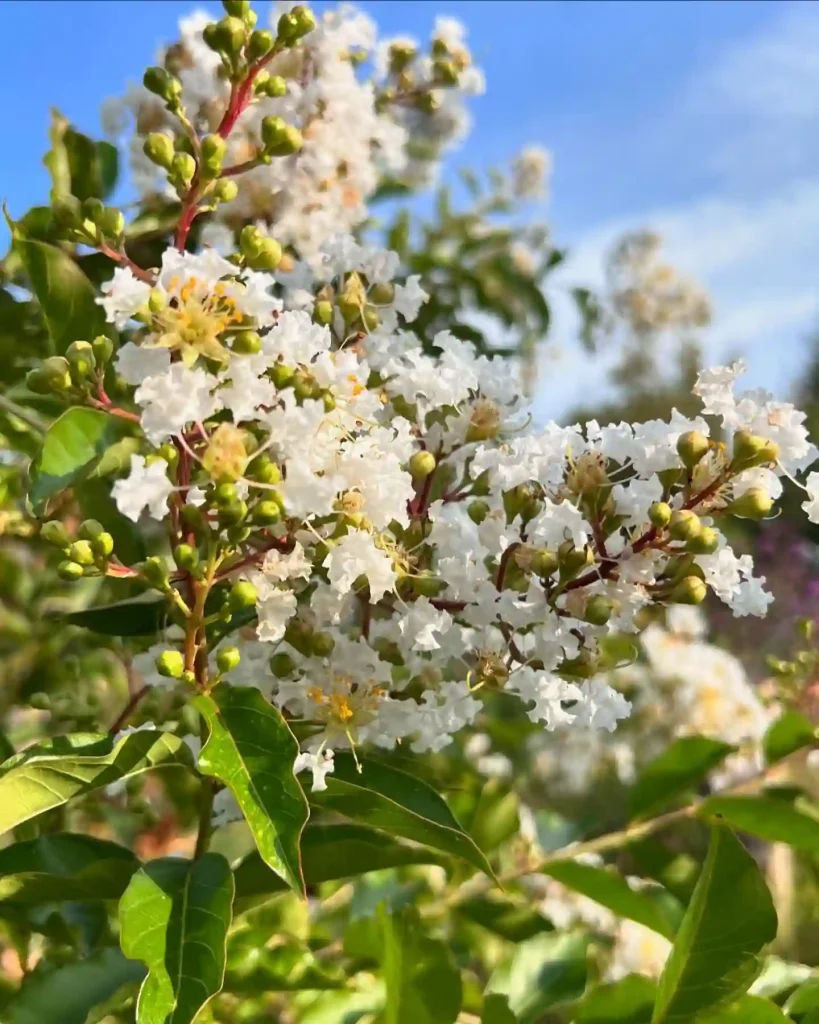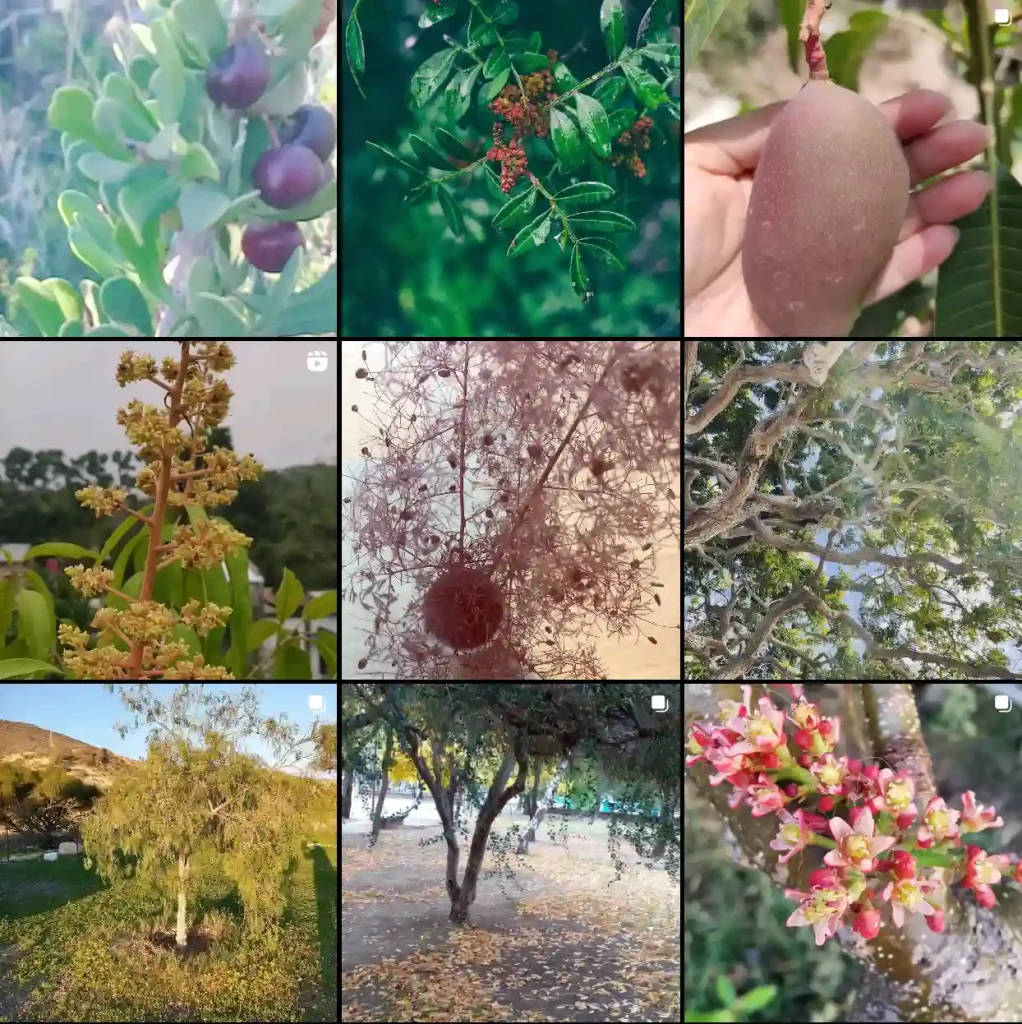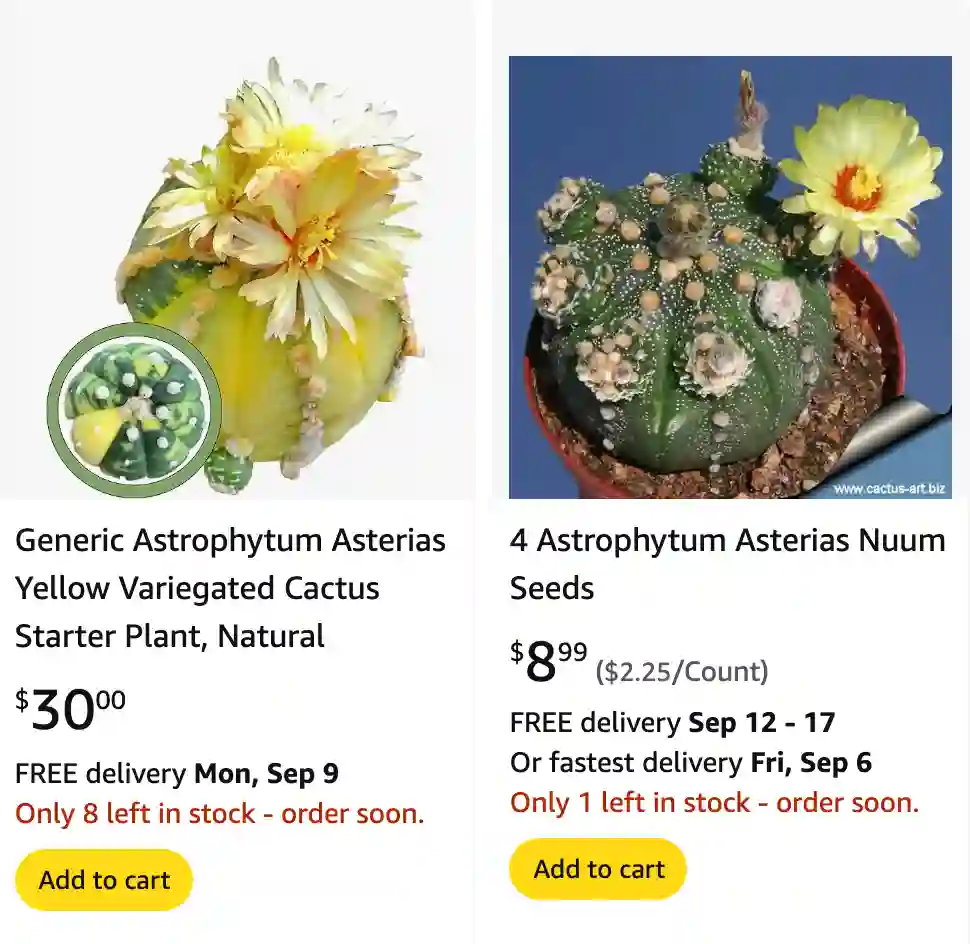
FAQs About Astrophytum Asterias: My Experience and Insights
As a passionate plant enthusiast, I’ve had the pleasure of growing and caring for various cacti over the years. One that stands out for its unique appearance and charm is Astrophytum Asterias, also known as the Star Cactus. It’s a fascinating species that often catches the eye with its distinctive shape and beautiful patterns. If you’re considering adding this cactus to your collection or are simply curious about it, here are some frequently asked questions I’ve encountered, along with my insights based on personal experience.
6 Species in Genus Astrophytum
What is Astrophytum Asterias?
Astrophytum Asterias is a small, spineless cactus native to the desert regions of Texas and Mexico. It has a round, flat shape resembling a sea urchin, with eight symmetrical ribs covered in tiny white dots. These dots are not just decorative; they serve as a form of camouflage, helping the cactus blend into its sandy surroundings. The cactus produces bright yellow flowers with orange centers, making it a striking addition to any cactus collection.
Is Astrophytum Asterias Psychoactive?
A question that sometimes comes up is whether Astrophytum Asterias has psychoactive properties. The answer is no, Astrophytum Asterias is not psychoactive. Unlike some other cactus species, such as the Peyote (Lophophora williamsii), which contains mescaline, Astrophytum Asterias does not have any known psychoactive compounds. It’s valued more for its ornamental beauty than for any medicinal or hallucinogenic effects.
How Big Do Astrophytum Asterias Superkabuto Get?
Astrophytum Asterias Superkabuto is a popular variety of this cactus known for its striking, densely speckled white markings. This variety can grow to be about 2-6 inches in diameter and usually stays relatively flat, only reaching about 1-2 inches in height. The size can vary depending on growing conditions, such as light, water, and soil. In my experience, maintaining optimal conditions is key to achieving the best growth.
How to Grow Astrophytum Asterias from Seed?
Growing Astrophytum Asterias from seed can be a rewarding yet challenging process. Here’s how I approach it:
- Prepare the Soil: Use a well-draining cactus mix. I like to add some sand and perlite to improve drainage further.
- Sow the Seeds: Sprinkle the seeds on the soil surface and lightly press them down. Do not bury them; these seeds need light to germinate.
- Water Sparingly: Mist the soil lightly to avoid washing the seeds away. Keep the soil slightly moist but not wet.
- Provide Light: Place the container in a bright area, but avoid direct sunlight, which can scorch the seeds.
- Temperature: Keep the environment warm, ideally between 70-80°F (21-27°C). Germination can take anywhere from a few weeks to a couple of months, so patience is essential.
How to Root Astrophytum Asterias?
Rooting Astrophytum Asterias, especially from cuttings, requires some care:
- Choose a Healthy Cutting: Use a sharp, sterile knife to cut a healthy segment from the parent plant.
- Allow the Cutting to Callous: Let the cutting dry out for a few days in a shaded area until the cut surface forms a callous. This helps prevent rot.
- Plant the Cutting: Place the calloused cutting into a pot filled with a cactus mix. Water it sparingly to encourage root growth.
- Provide Indirect Light: Keep the cutting in a bright, indirect light area. Avoid direct sun until the cutting has established roots.
How to Care for Astrophytum Asterias?
Astrophytum Asterias is relatively low-maintenance once established. Here’s my care routine:
- Watering: Water sparingly, allowing the soil to dry out completely between waterings. Overwatering is a common issue that can lead to root rot.
- Light: Provide bright, indirect light. A south or east-facing window works well. Direct sunlight can cause sunburn, especially during the hottest part of the day.
- Temperature: These cacti prefer warm temperatures, ideally between 70-85°F (21-29°C). They can tolerate cooler temperatures but should be protected from frost.
- Feeding: I use a diluted cactus fertilizer during the growing season (spring and summer). Avoid fertilizing during the winter when the plant is dormant.
Can Astrophytum Asterias Be Grown Indoors?
Yes, Astrophytum Asterias can be grown indoors. In fact, it often thrives as a houseplant, provided it receives enough light. I keep mine on a sunny windowsill where it gets plenty of indirect sunlight. Just be sure to turn the pot occasionally to ensure even growth.
Is Astrophytum Asterias Toxic?
Astrophytum Asterias is not toxic to humans or pets. However, like with any plant, it’s best to keep it out of reach of curious pets and children who might try to chew on it.
What Are the Common Problems with Astrophytum Asterias?
The most common issues with Astrophytum Asterias are related to overwatering and poor drainage. Root rot is a frequent problem if the cactus is left in wet soil for too long. Pests like mealybugs can also be an issue. Regular inspection and maintaining good airflow around the plant can help prevent infestations.
Comparing Astrophytum Asterias with Similar Species
Astrophytum Asterias is often compared to other members of the Astrophytum genus, such as Astrophytum Myriostigma (Bishop’s Cap). While both have a similar ribbed structure and lack spines, Asterias tends to be flatter and more circular, whereas Myriostigma is taller and more columnar. Both are excellent choices for cactus enthusiasts, but Asterias’ unique, flattened appearance and striking flowers make it a favorite of mine.
Growing and caring for Astrophytum Asterias has been a rewarding experience, adding a touch of desert beauty to my plant collection. Whether you’re a seasoned cactus grower or just starting out, this fascinating plant is sure to captivate you as much as it has me.
If i die, water my plants!
